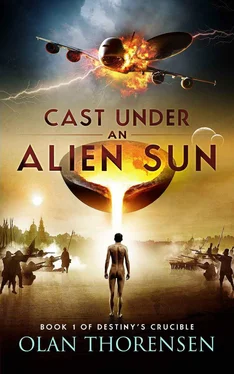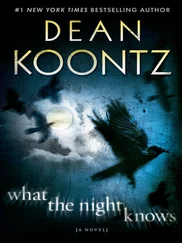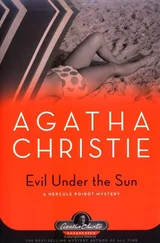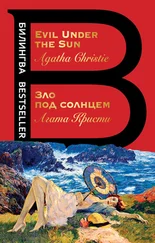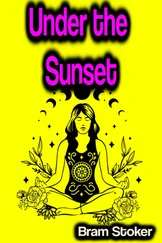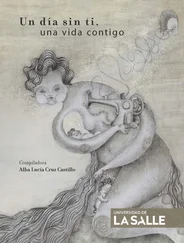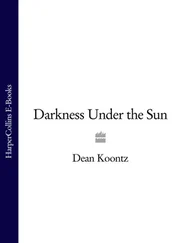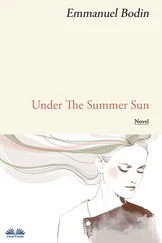A second use for the guano occurred to him only when he was in sight of his house and a stray thought included the Narthani. Gunpowder! The main ingredient was potassium nitrate. It was usually sourced from mineral deposits but could be isolated from excrement, such as manure piles and guano. Yes, he remembered. Potassium nitrate could be extracted from bird guano by a series of filtering and precipitations, but bat guano was a better source. The South in the U.S. Civil War used guano from bat caves as a major resource in making gunpowder.
He didn’t know whether the Caedelli made their own powder or imported it, but if these Narthani were a big enough threat, more sources of gunpowder might be important. He’d need to check about both fertilizer and gunpowder.
His inquiries confirmed that guano deposits were common to the coasts of Caedellium, but its use as fertilizer was unknown.
Not really a surprise, mused Yozef . With so much fertile land and the island relatively underpopulated, there was no pressure to increase yields over what they already produced.
As for the farmers using guano to fertilize, the obvious question was “Why would the Caedellium farmers care if they could increase their crop yields?” The Narthani embargo of trade resulted in the island’s farmers producing more than there were markets for.
But this won’t last, Yozef figured. Eventually, trade would start again, and increased yields from fertilizer would pay off. It wouldn’t be of any use right away, but fertilizer was a good long-term investment, even if years from now. He’d also need to investigate whether there was a market for gunpowder.
To pursue fertilizer production, he needed an action plan. First was to find out how to buy or lease the land from the current owner. Then, hire workers to mine enough guano to test, and find farmers willing to find out how much of this fertilizer to apply, how many times to apply, and when in the growing season to apply it. Increased yields might not tempt farmers to cooperate, so he might have to pay farmers for the use of their land and aid in the experiments. Depending on the cooperation of the farmers, he might also need to hire someone to manage the tests, both to keep accurate records and to make sure the farmers didn’t do anything to invalidate the outcomes.
Filtin Fuller confirmed Yozef’s supposition that inquiries into property ownership of land needed to be through the clan’s registrar system. However, the relevant records and changes in ownership had to come at the district registrar’s office in Clengoth, the district seat fifteen miles east. Not having his aged Volkswagen Rabbit at hand, Yozef’s next problem was getting to Clengoth and back. Although his horsemanship had improved, he didn’t see himself riding Seabiscuit thirty miles.
There being no formal transportation systems on Caedellium, that left Yozef walking or finding a wagon heading his way and willing to take passengers. He didn’t mind the idea of a good hike, but not in both directions.
The solution came in the form of an abbey wagon taking a patient to Clengoth. A man visiting Abersford had broken his leg. Brother Alber was returning the man home by wagon, with the patient’s horse tied behind. The man, being moderately prosperous in whatever was his trade, was paying the abbey for both his treatment and the ride home and was displeased when informed it would be a working wagon and not a carriage. He was also disgruntled to learn his paid-for transportation included sharing the ride with other passengers. His complaint to the abbot was futile, and he endured the trip alternately sullen and wincing at the harder bounces. However, the abbey provided him with a straw mattress to lie on, whereas Yozef and the other five passengers sat on burlap bags containing something round and not quite hard. It turned out that two of the passengers had the same destination as Yozef—one man was going to register a major land transaction involving a disputed inheritance, and the other was the part-time local agent of the registrar himself and carried a satchel of papers of everyday matters to copy at the district’s main registrar’s office. The other passengers were a woman visiting family and a young man who told Yozef he traveled to Hewell Province to a scholasticum well-known for apothecary training.
The trip to Clengoth took two and a half hours. After leaving the low hills around Abersford, they rode into the central valley of the Keelan Province and passed farms separated by scattered groves of trees. It was the longest trip Yozef had made since waking on Anyar. He would have enjoyed the experience and the views more, if he hadn’t had to constantly maintain a semblance of balance while jostling on his assigned bag. Once at Clengoth, he followed the two men with registrar business to the office, then roamed the town for an hour until he figured the others had finished.
Clengoth was large enough to be considered a town. He estimated three thousand citizens, compared to Abersford’s nine hundred or so. What Clengoth also had was a significant business district with far more variety and a number of shops. Mixed in with smaller shops were a few with up to twenty-five workers, enough to be considered small factories.
In addition to the local main abbey they passed on the outskirts of Clengoth, there were several smaller abbeys in the town, and by their bells he knew when it was time to find his way back to the registrar’s office. Inside sat two desks where clerks worked with other customers. Several straight-back chairs lined against the front wall near the door, and two chairs were occupied, Yozef assumed, by people waiting for a free clerk. He sat on a chair and daydreamed until interrupted.
“Next,” said a clerk, who impatiently waved him to the now-empty chair facing the desk.
“What matter?” barked the clerk.
“I’m interested in buying two pieces of land near Abersford, but no one there knows who is the owner of the land. I’m told that information would be kept here.”
“That’s correct. You’ll have to tell me exactly where this land is. Did you get a map showing the location from the Abersford registrar agent?”
Yozef hadn’t but reached into the leather portfolio he carried and withdrew several sheets of paper, each of which unfolded twice to reveal hand-drawn maps about eighteen inches square. The clerk looked at the top one, then back at Yozef with a little more interest and respect than moments earlier.
“Not from the local agent,” Yozef apologized. “I didn’t know about getting maps from him. I drew the maps myself. Here is a rough map of the Abersford area, and the land I’m inquiring about is west along the coast.” His finger traced from Abersford to his cove and to where Birdshit Bay cut into the shoreline. He then moved to the second, more detailed sheet, which showed only the two plots and the immediate surrounding land and shore. A heavy line squared around the cove where he dreamed of a house, and two miles farther west other lines followed the contours of the inlet a few hundred yards inland and included the rock formations within the inlet and offshore. “And these are the two pieces of land I’m interested in purchasing, but I need to find the owner.”
The clerk managed a smile, without cracking his face. “Excellent maps, Ser. As good as the ones the Abersford agent would have given you. If only more people understood the importance of good records and maps, it would make my job much easier. Let me see whether our maps correspond to yours. If they do, then I should be able to determine ownership.”
The clerk rose and went through a door into the rear of the building. Since the room with the two clerks was only a fraction of the total building, Yozef suspected that where the clerk disappeared included a record repository. Sure enough, a few minutes later the clerk returned with a two-by-three-foot bound ledger and three rolls of large paper. He checked the label on one roll, then spread it onto his desk. It was a map of the Abersford area. Even looking at it upside-down from across the desk, Yozef could recognize details of the coastline and markings of the abbey and Abersford. The writings on the map were in three colors—the red and blue ink the first he’d seen, other than the ubiquitous black.
Читать дальше
